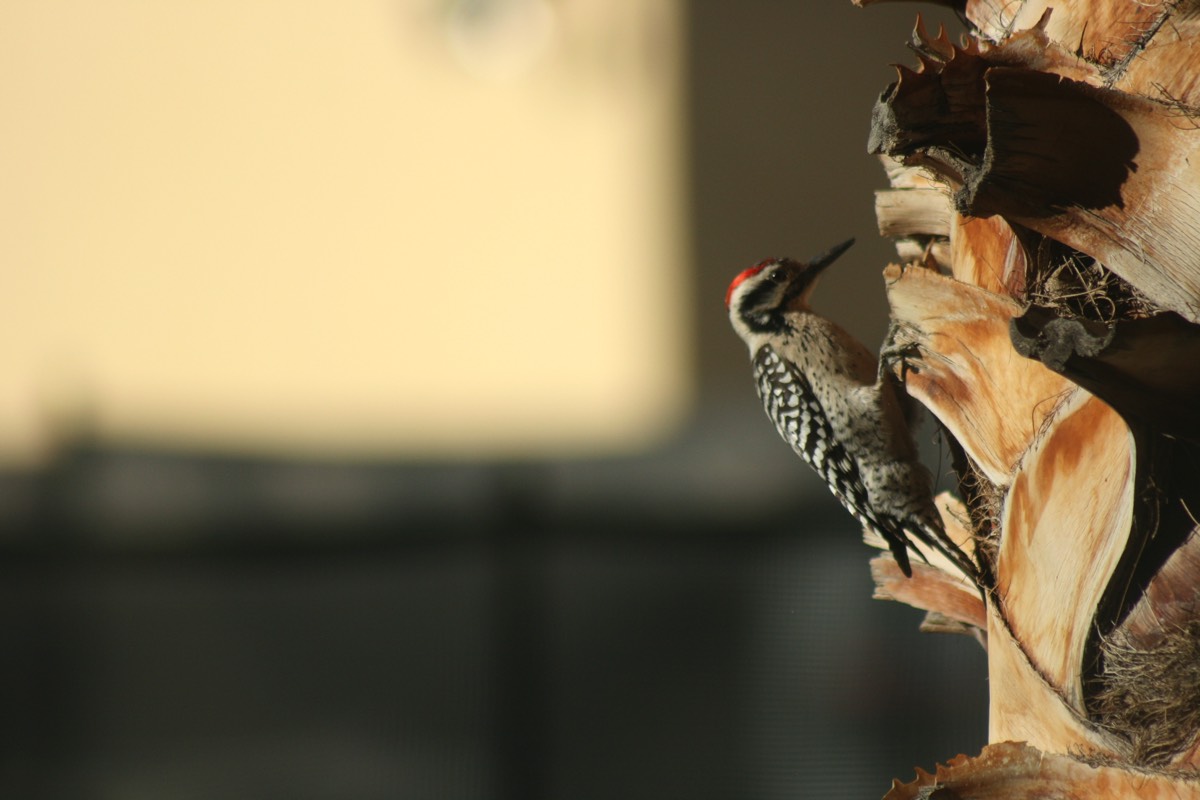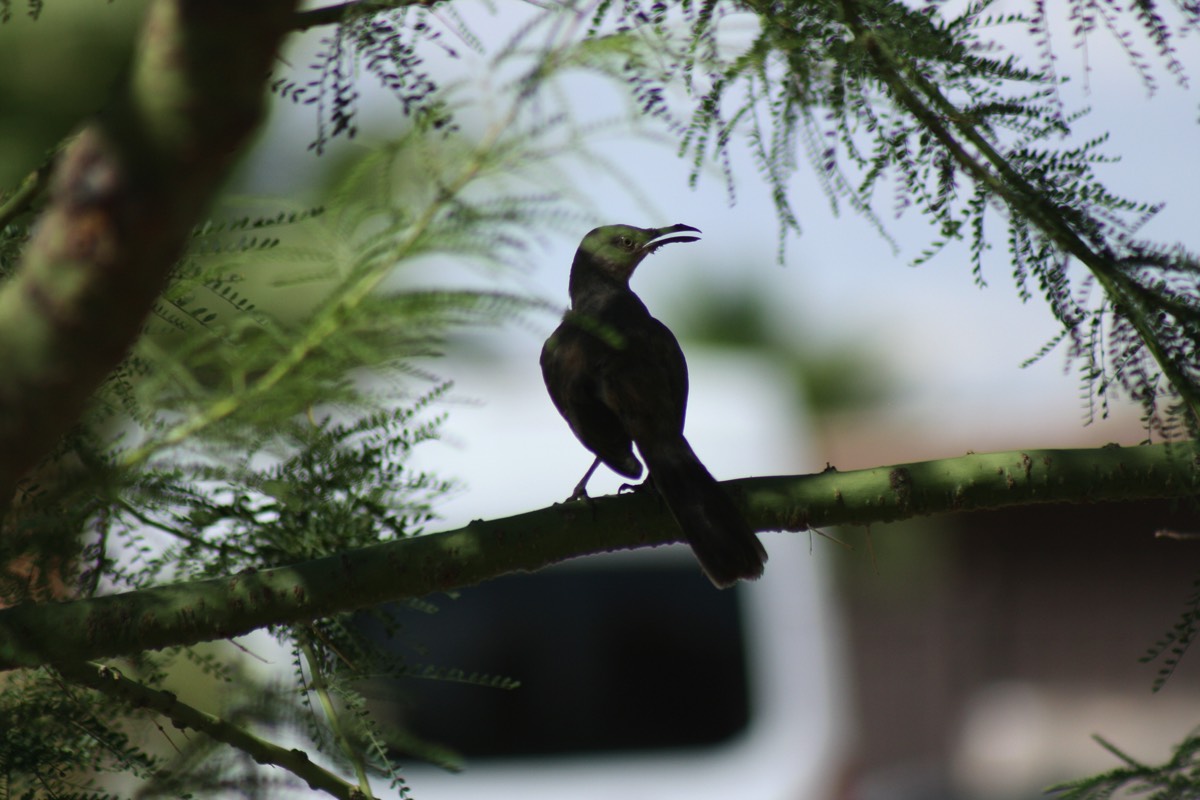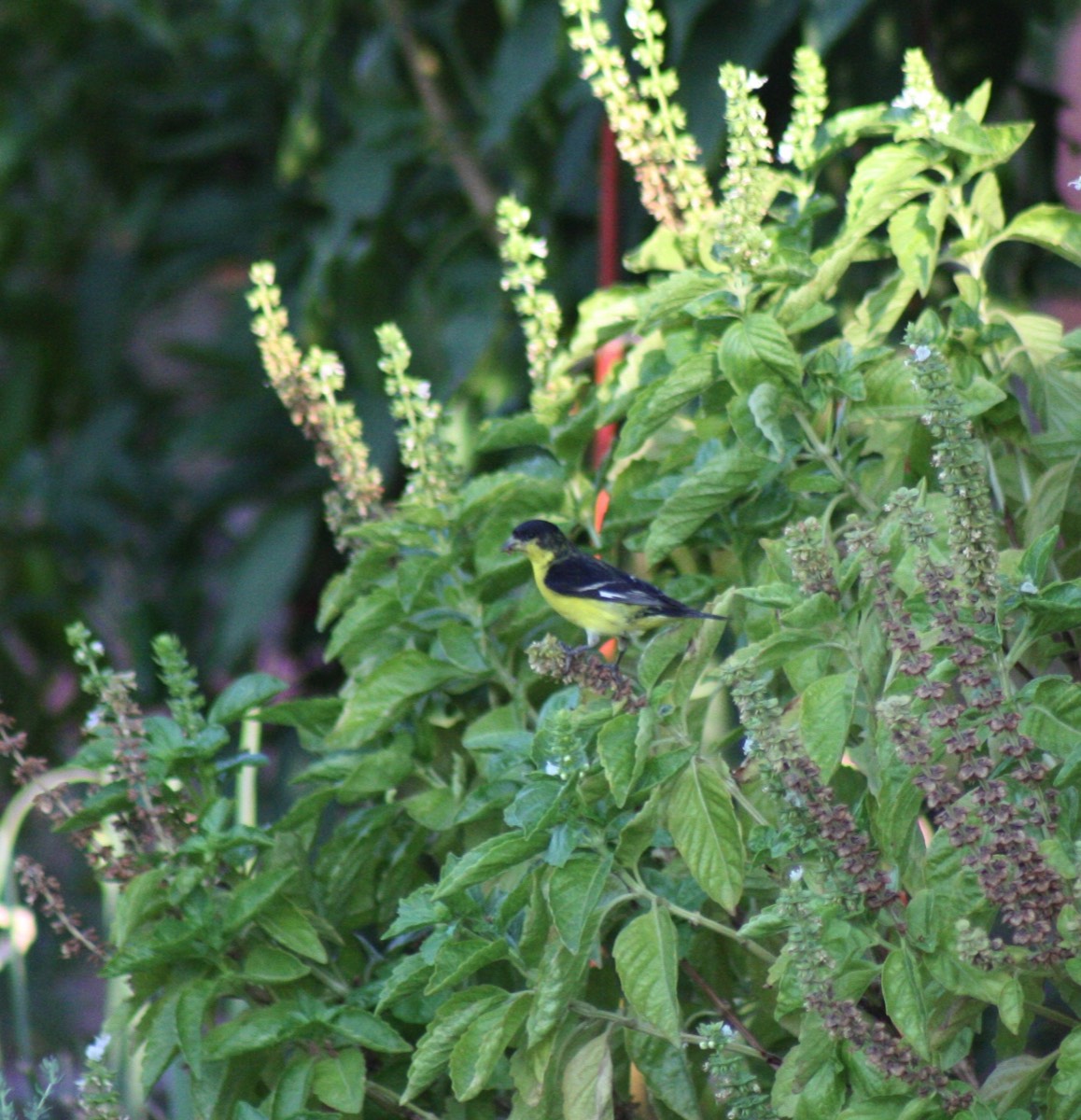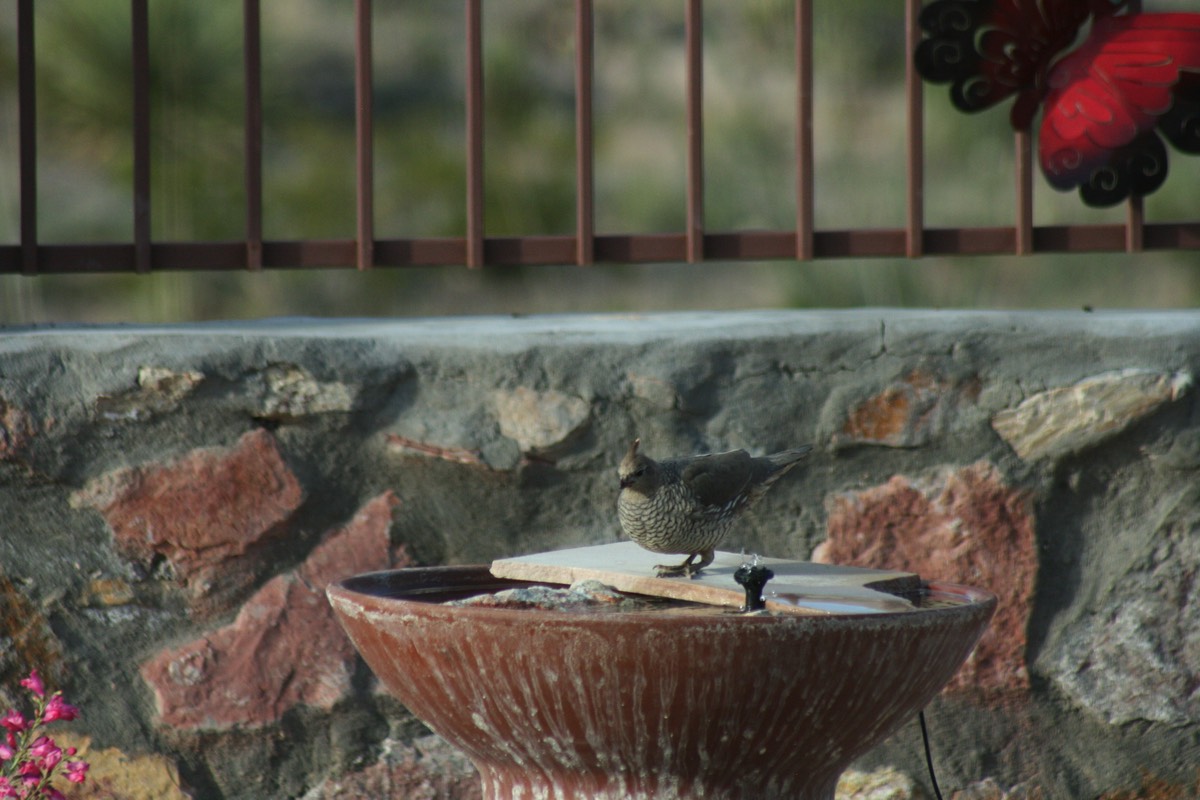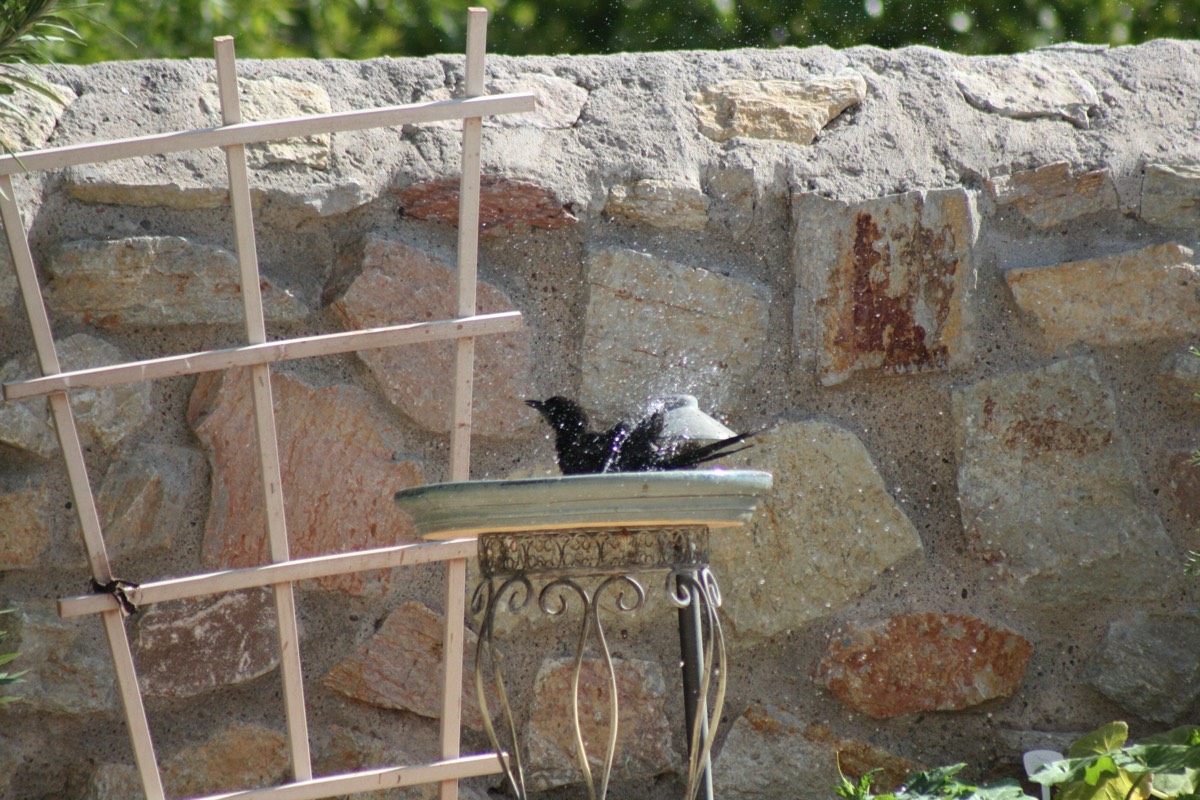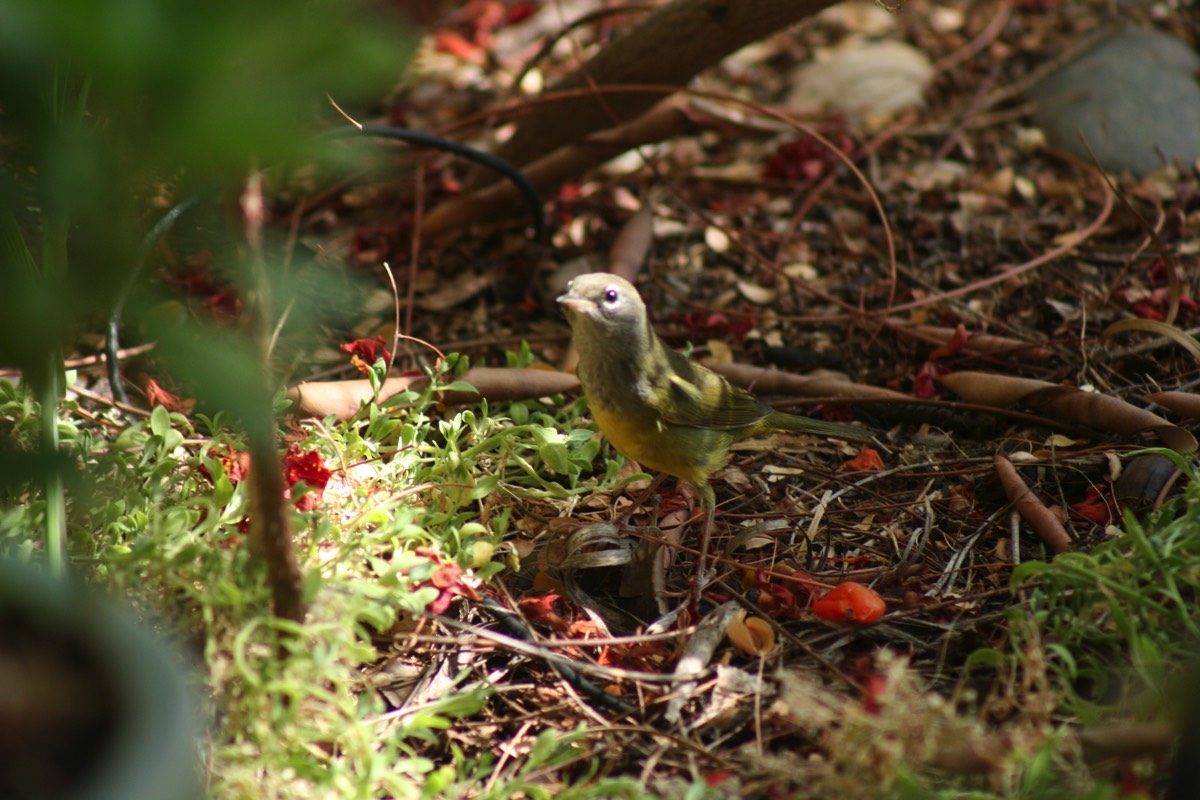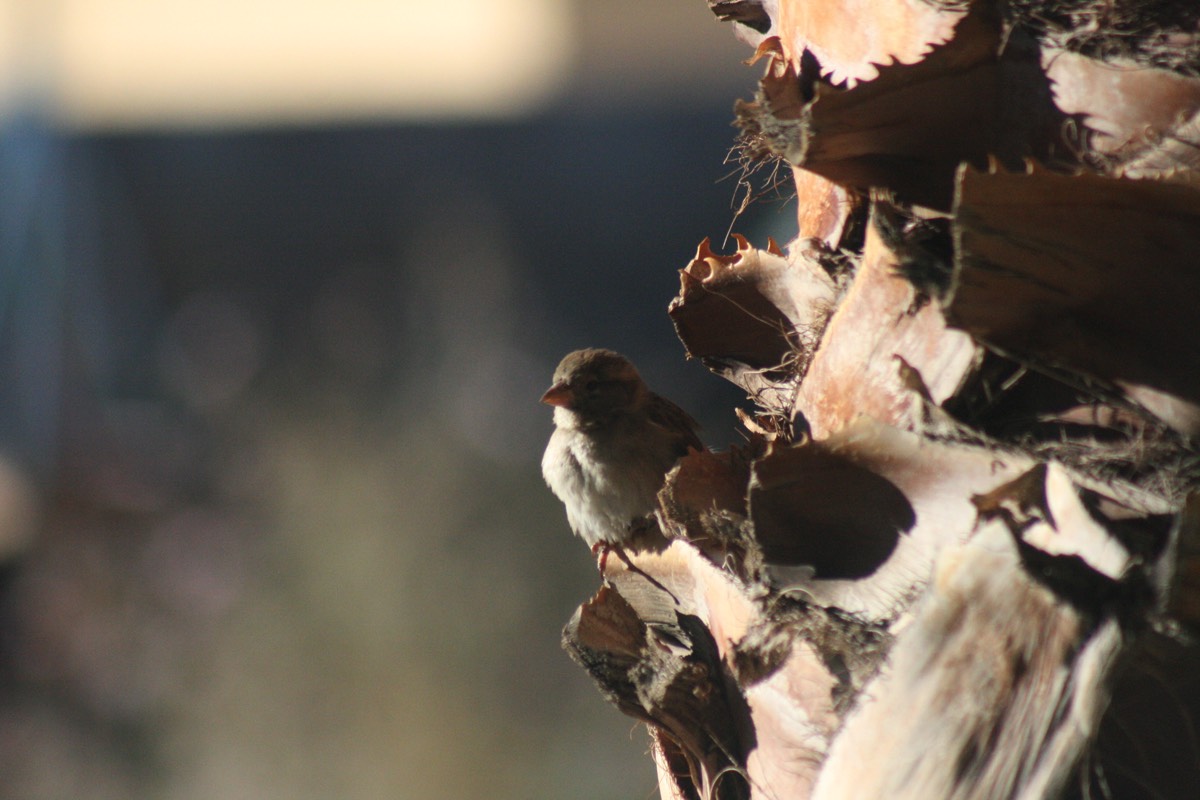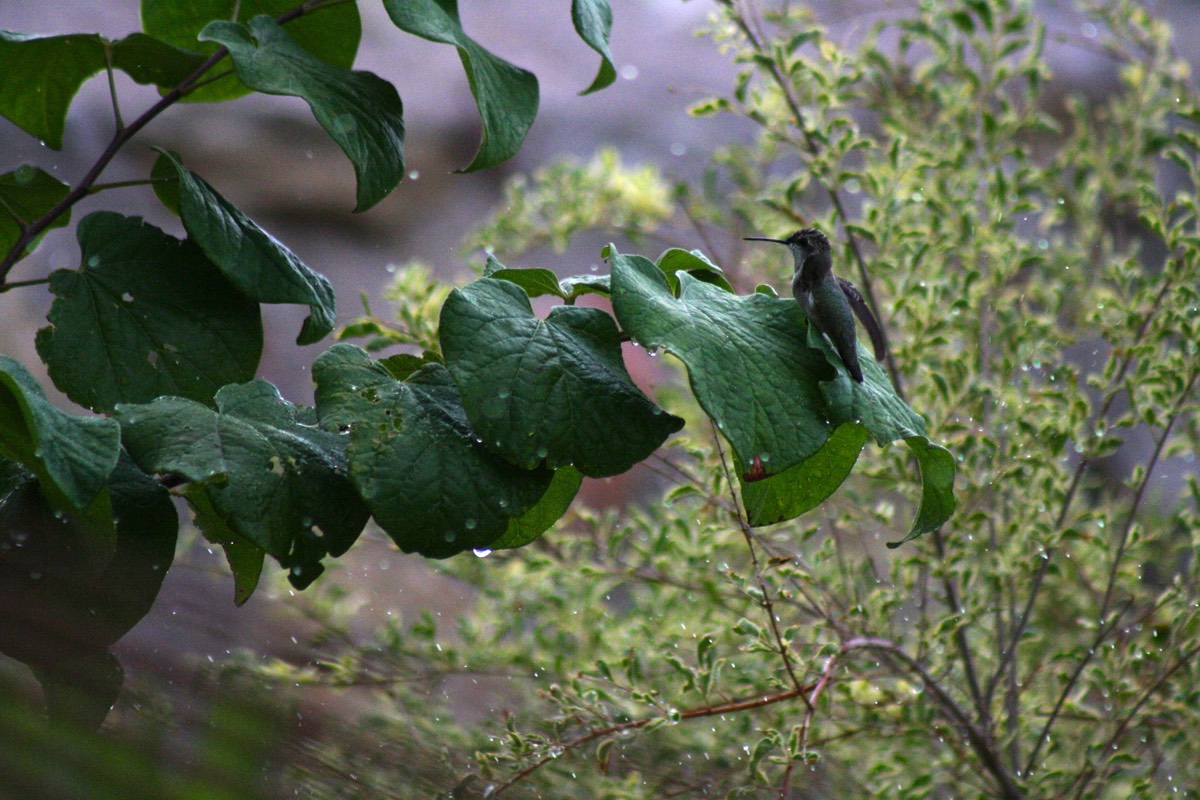Backyard birds
Wildlife responds rapidly to changes in our yards. There are always a few birds and critters around even in a minimally planted yard. As he plant number and diversity increases, so does the number and diversity of birds visiting the yard. Most common birds are sparrows, doves, grackles but once the garden starts growing you just have to keep your eyes open for the amazing surprise visitors. The type of food in the bird feeders is not as inviting to different birds as are the number and variety of plants in the garden.
The following bird sitings are only from two backyards in East El Paso and West El Paso:
- Grackle
- Sparrow
- Inca dove
- White winged dove
- Black collared dove
- Mourning dove
- House finch
- Gold Finch
- American Robin
- Mockingbird
- Black chinned humming bird
- Yellow eyed Junco
- Dark eyed Junco
- Starling
- warbler
- Verdin
- Western Tanager
- Bushtit
- Ladder-backed woodpecker
- Northern Flicker
- Curve-billed thrasher
- Cooper's hawk
- Swainson's Hawk
- Scaled Quail
- Gambel's quail
- Rock wren
See the slides below for pictures of some of these birds
Tips for making a garden bird friendly
1. Habitat - Single most important factor to invite birds are the plants in the garden. Variety of trees, bushes, shrubs, other perennials and annuals attract all sorts of wildlife in the garden. It is so surprising how the uncommon or migratory birds find out about a garden, but they do.
Plants are essential for food, nesting, escaping and hiding from predators and just hanging out with other birds.
Sparrows, doves, grackles and pigeons may still be majority of birds but every season there will also be birds that us city dwellers may have never seen or do not expect to find in urban areas.
2. Water source - Even one birdbath in a yard is adequate, the birds will find it eventually. Birdbaths should not encourage mosquitoes during summer therefore it is important that water in the birdbath be changed daily.
Water misters can also attract birds, including hummingbirds.
3. Food source - Fresh, natural food provided in a garden is the best food source for the birds. On the fruit trees, cover the fruits with small fabric bags to protect fruits for yourself and leave the ones on top branches for the birds. Bird netting on the trees may trap or injure the birds occasionally.
Let the herbs and other ornamentals go to seed as there are many seed eating birds that will not visit your bird feeders but will certainly find the seeds on the plants.
Insects in the garden is food for the birds therefore, not using any chemicals in the garden is essential to having diverse life, including birds.
Bird feeders can be used to supplement the naturally available food in the garden but will mostly attract sparrows and doves.
4. Food for hummingbirds - For us, processed food has not been able to provide nutrients exactly the way present in their natural form. So how can be then so confident that we have figured out the perfect concentration or ingredients for hummingbird nectar that is good for them. Nothing is better than a natural food source.Fill your gardens with native southwest plants that hummingbirds love. If you do want to supplement with hummingbird nectar, definitely avoid the ones with added coloring agents or preservatives.
Hummingbirds also eat small insects including tiny spiders. Leaf litter, small spider webs, tiny collections of dust in wall crevices or on the building surfaces are best left untouched as the hummingbirds go to these places to find insects.
4. Protection from predators - Feral and stray cats are one of the biggest threats to birds. Keeping these cats away from your yard can be challenging but try anyway to discourage them.







